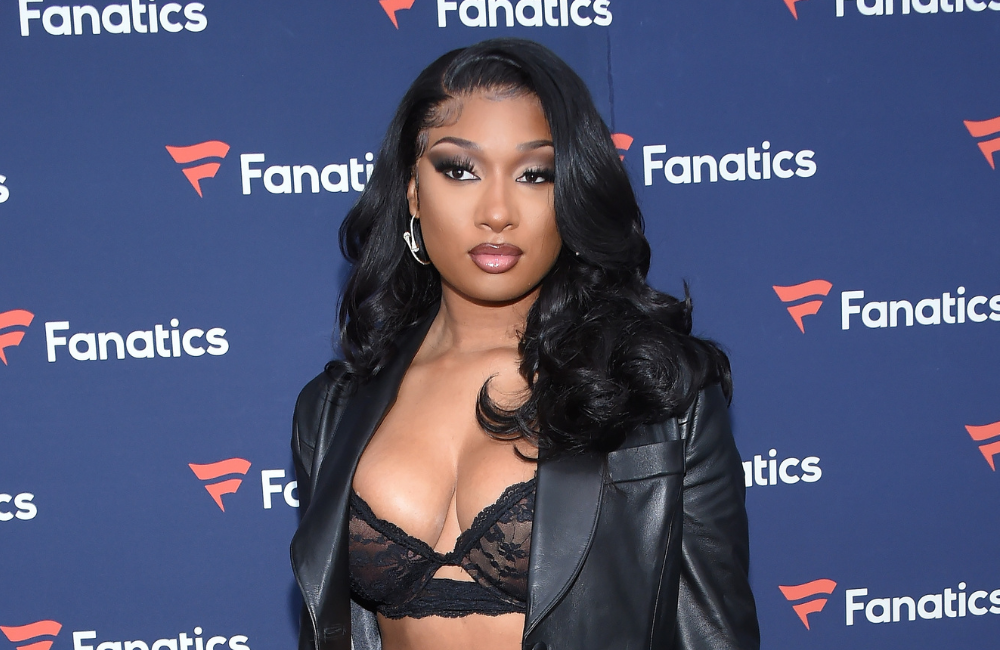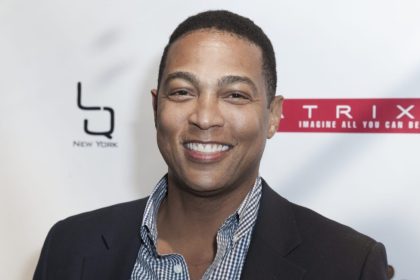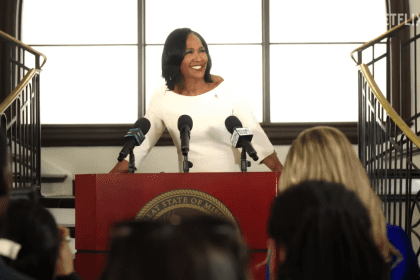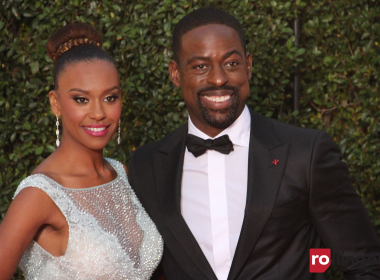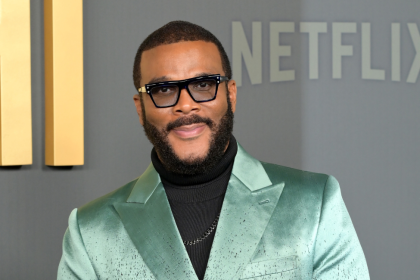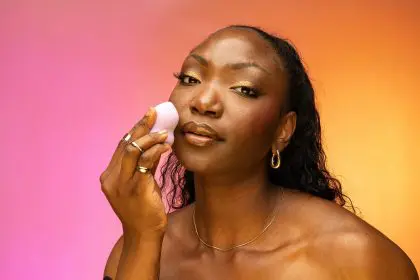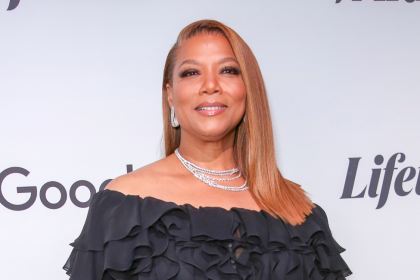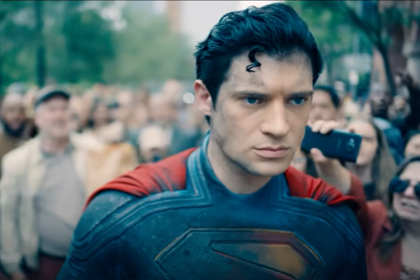The intersection of hip-hop royalty and reality television reached a crescendo when Megan Thee Stallion descended upon the Love Island USA villa, transforming what had become a predictable season into appointment viewing. Her calculated invasion of the dating show demonstrated how celebrity cameos can revitalize flagging programming while simultaneously advancing personal brand objectives.
The Houston rapper’s strategic appearance on June 19 served multiple purposes: energizing a cast that had settled into comfortable routines, introducing fresh romantic chaos through new contestants, and showcasing her expanding business portfolio to reality television’s coveted demographic.
Strategic entertainment disruption
Megan’s entrance choreography reflected sophisticated understanding of reality television mechanics. Arriving to the pulsing beats of her track Her, she immediately established dominance over the villa’s social hierarchy. The song choice proved deliberate, reinforcing her musical brand while providing familiar soundtrack for viewers already invested in her artistic persona.
Her declaration of intent—promising to shake the table as she proclaimed that Love Island was not ready for her type of bombshell—aligned perfectly with the show’s fundamental premise of romantic upheaval. The announcement, delivered with characteristic confidence, generated immediate social media speculation that had been carefully cultivated through cryptic posts earlier that day.
This multi-platform approach to audience engagement demonstrates evolved celebrity marketing strategies, where traditional media appearances integrate seamlessly with social media campaigns to maximize impact across diverse audience segments.
@loveislandusa Real cheeky behavior. 🥵 #LoveIslandUSA @Megan Thee Stallion #HotGirlSummer ♬ original sound – Love Island USA
Physical competition meets brand reinforcement
The dance contests and limbo competitions that followed transcended typical celebrity guest appearances. Rather than passive observation, Megan orchestrated active participation that forced contestants to display vulnerability and competitive spirit simultaneously. Her philosophy of working hard and playing hard encapsulated the evening’s energy while reinforcing her established brand messaging around confidence and self-expression.
These physical challenges served dual purposes: creating compelling television moments while demonstrating the body positivity principles that underpin her commercial ventures. Contestants who might typically feel self-conscious about their bodies found themselves celebrating physical expression in ways that aligned with Megan’s broader cultural messaging.
The strategic introduction of new contestants TJ and Andreina through Megan’s authority added unprecedented gravitas to the traditional bombshell arrival format. Their designation carried enhanced weight because it came from established celebrity rather than anonymous production staff, immediately elevating their perceived importance within villa hierarchy.
Commercial integration through cultural commentary
Megan‘s appearance strategically promoted her Hot Girl Summer swimwear collaboration with Walmart, launched weeks earlier on May 19. The collection’s size-inclusive pieces, priced accessibly between $16 and $28, reflected careful market positioning that prioritizes inclusivity over luxury exclusivity.
Her personal involvement in design processes distinguishes this collaboration from typical celebrity licensing agreements. Rather than lending her name to existing products, Megan’s hands-on approach ensures authentic representation of her body positivity advocacy within commercial offerings.
The Walmart partnership demonstrates shrewd business acumen, recognizing that mass market accessibility serves broader cultural goals than high-end exclusivity. By making her designs financially accessible to Love Island’s predominantly young adult audience, she extends her cultural influence beyond entertainment into practical lifestyle choices.
Audience response validates strategic approach
Social media reactions revealed the calculated success of Megan’s villa intervention. Viewer commentary focused on energy revitalization rather than mere celebrity recognition, suggesting her appearance addressed genuine audience dissatisfaction with recent episodes. Comments praising her ability to bring fun back to the villa indicated that her presence filled specific entertainment gaps that regular programming had failed to address.
The widespread praise for her episode reflected genuine appreciation for disrupted routine. Reality television audiences crave unpredictability, and Megan’s appearance delivered chaos within controlled parameters that enhanced rather than destroyed existing narrative structures.
Cultural impact beyond entertainment
Megan‘s Love Island appearance represents broader trends in celebrity brand management, where traditional entertainment boundaries dissolve in favor of multi-platform presence. Her seamless integration of musical performance, business promotion and cultural advocacy within reality television format demonstrates sophisticated understanding of contemporary media consumption patterns.
The body positivity messaging embedded throughout her appearance transcends commercial objectives, contributing to ongoing cultural conversations about self-acceptance and confidence. By positioning these themes within mainstream entertainment rather than activist contexts, she reaches audiences who might otherwise avoid explicit social commentary.
Her villa takeover ultimately succeeded because it felt organic rather than forced, entertaining rather than promotional, and empowering rather than exploitative—qualities that define effective celebrity brand management in contemporary media landscape.

